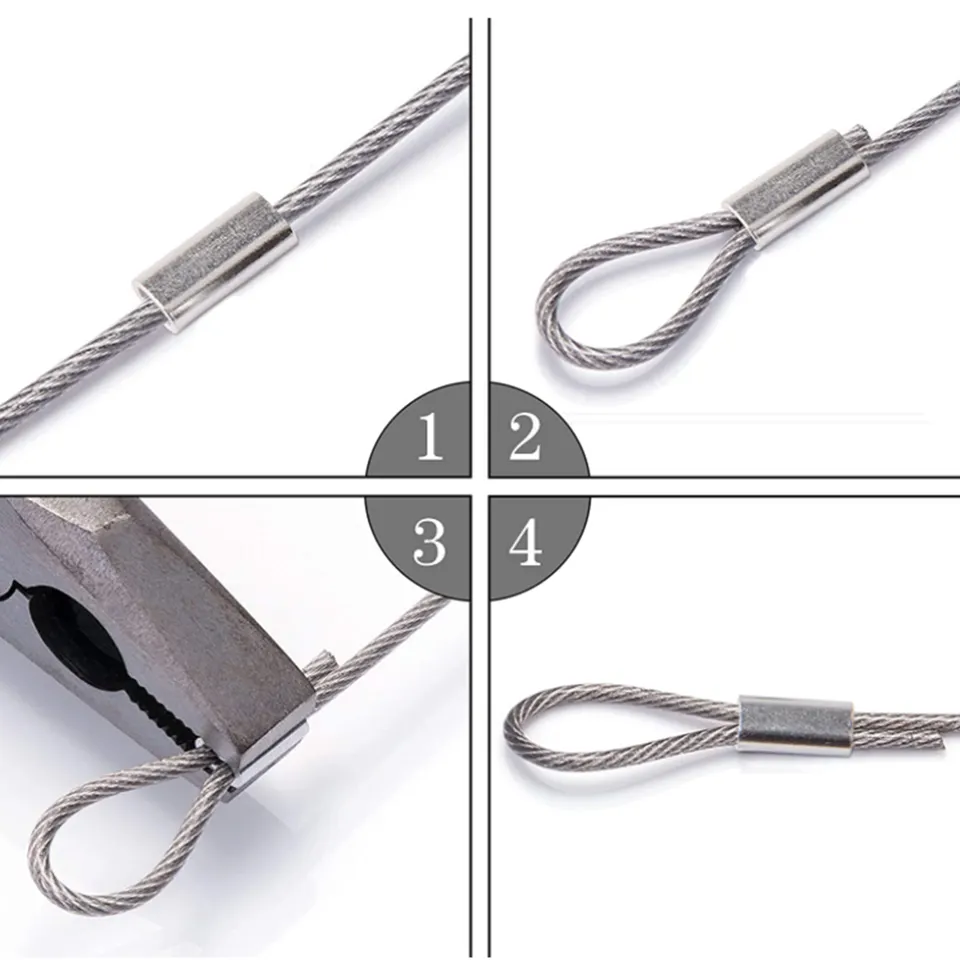News
సెప్టెం . 04, 2024 14:20 Back to list
lifting crane hook
The Importance of Lifting Crane Hooks in Construction and Industrial Applications
In the realm of heavy lifting, crane hooks play a crucial role, serving as the fundamental link between the crane and the load being moved. Often overlooked, the crane hook is an essential component that ensures both safety and efficiency in various construction and industrial processes.
Design and Functionality
Lifting crane hooks come in various designs, each tailored to meet specific lifting needs. The most common type is the clevis hook, characterized by its wide opening and robust construction, which allows for easy attachment and detachment of loads. Other types include safety hooks, which feature a locking mechanism to prevent accidental disengagement, and oversized hooks designed for lifting exceptionally heavy objects. The choice of hook depends on the weight, shape, and nature of the load, as well as the operating environment.
One of the primary functions of a crane hook is to distribute the load evenly, minimizing stress on the crane and ensuring stability during lifting operations. The curvature of the hook is designed to accommodate various lifting slings and chains, allowing for secure attachments that prevent slippage. High-quality materials, such as forged steel, are used in manufacturing these hooks to provide strength and durability, essential for heavy-duty applications.
Safety Considerations
lifting crane hook

Safety is paramount in lifting operations, and crane hooks play a vital role in this regard. The use of hooks with safety features is highly recommended, as they significantly reduce the risk of accidents. Regular inspections and maintenance of crane hooks are critical to identify wear and tear, cracks, or deformities that could compromise safety. Additionally, operators should be trained to understand the load ratings of hooks and to employ them correctly to prevent overload situations.
Innovations in Hook Technology
Advancements in technology have paved the way for innovations in crane hook design and functionality. For instance, smart hooks equipped with load sensors can provide real-time data on the weight being lifted, helping operators to make informed decisions while enhancing safety. These modern hooks can also integrate with crane management systems for improved monitoring and reporting of lifting operations.
Moreover, rugged coatings and corrosion-resistant materials are increasingly used to enhance the longevity of crane hooks, especially in harsh environments, such as marine or industrial settings. This not only prolongs the lifespan of the equipment but also reduces the frequency and costs associated with replacements.
Conclusion
In summary, lifting crane hooks are indispensable components in the construction and industrial sectors. Their design, functionality, and safety features contribute significantly to effective lifting operations. As technology continues to evolve, so too will the innovations surrounding crane hooks, further enhancing their performance and safety. Ensuring the proper selection, maintenance, and use of these hooks is essential for any lifting operation, reinforcing the adage that the smallest components can have the most significant impact on overall safety and efficiency.
